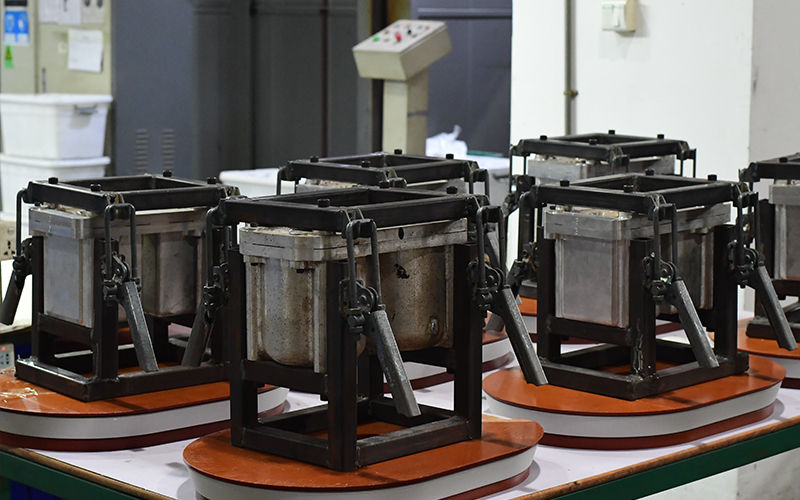How to Inspect Rotational Molding Tooling Before Production
 Jan 30,2024
Jan 30,2024

How to Inspect Rotational Molding Tooling Before Production?
The quality of rotomolded products mainly depends on the condition and accuracy of the mold used. Therefore, it is crucial to inspect the rotational molding tooling before production. Below are the guidelines on how to inspect the rotational molding tooling.

1. Visual Inspection:
The first step in inspecting a rotational molding tooling is a thorough visual examination. Check the mold for any signs of damage, such as cracks, dents, or wear. Inspect the surface finish if there are scratches, rust, or any other irregularities that may affect the quality of the rotomolded products. Ensure that all components of the mold, including cores and inserts, are present and securely fastened. A clean and undamaged mold is essential for producing high-quality rotomolded products.
2. Dimensional Accuracy
Verify the dimensional accuracy of the tooling to ensure that it meets the required specifications. Use precision measuring tools, such as calipers or micrometers, to check critical dimensions, such as diameter, length, and wall thickness. Compare the measured values against the design drawings or CAD models to identify any deviations. Dimensional inaccuracies can lead to fitting issues, assembly problems, or aesthetic defects in the final product.
3. Surface Finish
Evaluate the surface finish of the mold to ensure it meets the desired quality standards. The surface finish of the mold directly affects the appearance and texture of the final product. Use a surface roughness tester or a profilometer to measure the surface roughness and compare it against the specified values. Any deviations may require polishing, sanding, or other surface treatment methods to achieve the desired finish.
4. Gate and Ventilation System
Inspect the gate and ventilation system of the mold to ensure proper functionality. Check for any blockages, damage, or wear that may interfere with the flow of plastic material during the rotomolding process. A well-designed and maintained gate and ventilation system is crucial for achieving uniform material distribution and preventing defects such as weld lines or air traps.
5. Mold Material and Integrity
Assess the material integrity of the mold to ensure it can withstand the thermal stresses and mechanical forces encountered during the rotomolding process. Check for any signs of material fatigue, such as crazing or cracking, which may compromise the mold's structural integrity. Regular maintenance and periodic material testing can help identify potential issues and extend the mold's lifespan.
With extensive experience in rational molding process, Light Venus inspects the tooling thoroughly before the production to identify and address any potential issues in the production process, ensuring the high-quality rotomolded products.
 Tel: 0086-13632687993
Tel: 0086-13632687993  Email: roto@lightvenus.com
Email: roto@lightvenus.com

 Home
Home How To Control Air Flow in Rotomolding Process?
How To Control Air Flow in Rotomolding Process?  You May Also Like
You May Also Like



 Tel
Tel
 Email
Email
 Address
Address








